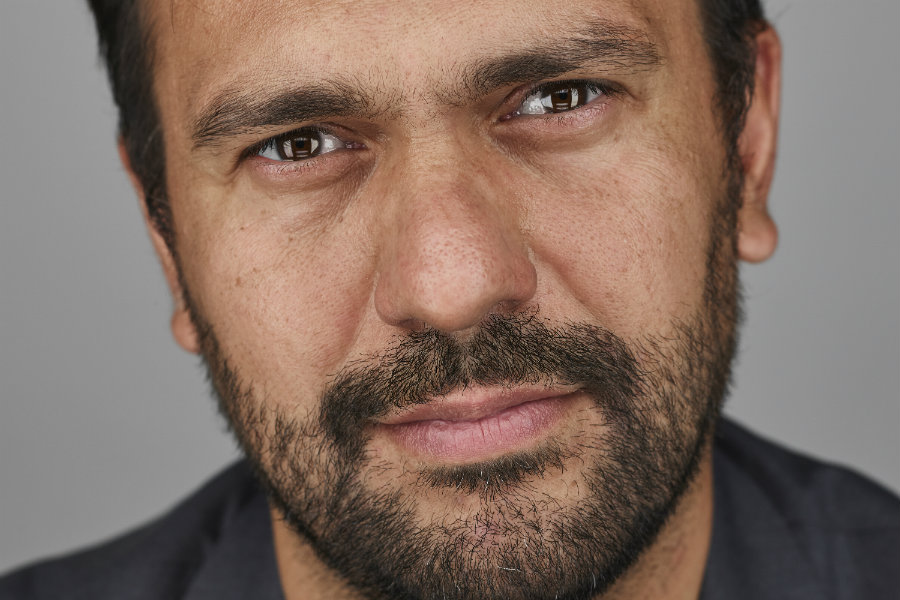The supreme art of war is to subdue the enemy without fighting.” – Sun Tzu (The Art of War).
A while ago, I was engaged to handle an urgent brief from a desperate client. The client, a consortium backed by foreign investors, was on the verge of losing out on a multi-billion dollar government project.
For close to two decades, the consortium had doggedly fought through several bottlenecks, including years of negotiations with a government supervisory agency as well as a long legal battle. The struggle finally bore fruit and the consortium got the nod to begin work, pending ratification by the executive council. This final bit was considered a mere formality since the council would normally toe the line of the supervisory agency.
Then it happened.
One fine morning, a totally different agency announced during a press conference that it had been awarded the rights to the same project. The new agency had no stakes in the matter; neither had it bothered to engage the other parties before making the announcement. The announcement came like a bolt from the blues.
So, it was back to square one for the consortium. With all hopes of settling to work dashed once again, it rolled up its sleeves and prepared for yet another battle. And, as is the norm in situations like this, they sought PR intervention, albeit, as an afterthought and a desperate measure. That was how I was brought into the picture.
During the onboarding meeting, the client presented me with the problem. They also presented me with their preferred solution: a press conference. Until that time, very little of the consortium’s activities regarding the project was in the public domain so it was clear that the interlopers had taken advantage of the lacuna to lay public claim to it. My client wanted an opportunity to tell their side of the story and they believed a press conference was the solution. But I didn’t believe an open confrontation was the way to go. Why, you would ask?
Firstly, even though my client had gotten an approval-in-principle and could literally smell the ink of the executive council formalising the contract, there was still that last bit remaining. Secondly, one good thing my client had going for it was the sympathy and tacit support of the supervisory agency. Power relationships count for something and one has to be sensitive to the nuances of their environment. An open confrontation would force the agency to pick a side and, from experience, I knew it would prefer not to publicly stand against a sister organisation; a more powerful one at that. I didn’t think it was to our favour to jeopardise the goodwill nurtured over the years as it might come handy.
So, what did we do? We called a few key contacts in respected media outlets, told them the full story, and tendered the corresponding documents for full measure. Considering that the new agency was literally everywhere in the news discussing their plans for the project, it was an easy pitch. Next, we embarked on one-on-one engagements with industry experts and opinion leaders, people who would ordinarily make the news on the basis of their own credibility. Everyone was encouraged to carry out their own investigations for balance.
Soon, the questions started coming in. Online and offline, stakeholders questioned the jurisdiction of the new agency in taking over a project that was not under its purview nor did it have competency for. Industry practitioners were vexed at the snobbery as they had not been consulted. As the arguments grew, the executive board of the project released a statement clarifying that the project had not been awarded to anyone. It absolved the supervising agency of any complicity and berated the new agency for imprudence.
According to the statement, the board had heard about the takeover in the news like everyone else and had had no prior discussion with the interlopers to that effect.
The new agency went quiet. As documents continued to fly in the public space, my client gained public sympathy and the intruders were perceived as villains. In any case, my client had made strategic investments in the industry over many years and had proven competency in the area. The stakeholders trusted their intentions and preferred to stand with them.
Regrettably, I resigned the account due to personal reasons but I was satisfied that I left the client in a strong position.
Here are some of the key lessons we can glean from the experience:
PR is a strategic tool of defense: At what point should a business start leveraging PR for stakeholder engagement? Right from Day One, if you ask me. Surely, the interlopers would have thought twice about hijacking the project if the consortium’s activities were public knowledge. There is no guarantee that that would have stopped them but it’s a safe bet that one or two of the journalists would have asked hard-hitting questions in the press conference where the illegality was announced. Maybe also, some industry experts would have weighed in immediately the news broke. So, carrying stakeholder communities along should have been my client’s first line of defence. As John D. Rockefeller advises: “Next to doing the right thing, the most important thing is to let people know you are doing the right thing.”
PR is a strategic tool of offence: The emphasis here is on the word “strategic.” Remember the quote: “The supreme art of war is to subdue the enemy without fighting?” Anybody can go to war but it takes smarts to prosecute the battle on your terms, defeat the enemy without stepping into the ring and in the process, consolidate on relationships and gain new converts to your cause. That is the real power of PR.
PR is local: One universal law of PR is that brands must be ready to own their narratives, especially during a crisis. I believe in that mantra. But I also believe that environmental realities should influence PR strategies. If we had gone crying foul via a press conference, we may as well have kissed our chances of ever getting the project back goodbye. Where I come from, you do not go to war with the establishment except it’s absolutely necessary. And when you do, you must be ready for a long and bloody battle. No PR text taught me that. But PR did teach me to take into context the nuances of the social milieu I operate in. Understanding the politics of your environment is almost as important as having a firm grasp of PR strategy.
Written by Henry Omafodezi – Founder/CEO at 7Gongs Brand and Media







Comment
No comments found.